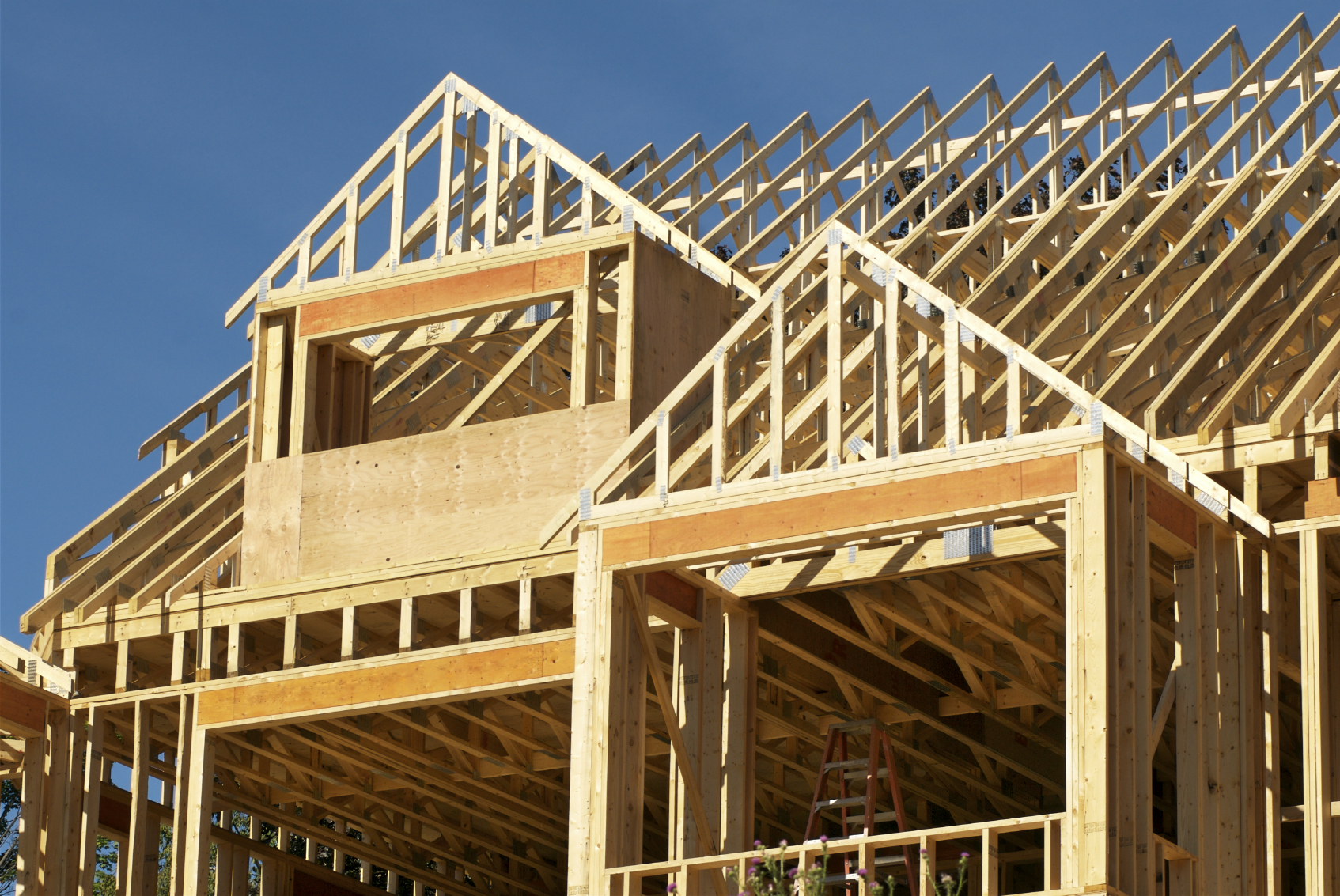Reclaimed Materials: Giving Old Materials New Life in Construction

Reclaimed materials, often referred to as salvaged or recycled materials, are old components saved from previous structures and repurposed for new construction projects. This approach not only lends a touch of history and charm to new buildings but it also significantly contributes to sustainability in construction.
Historically, builders tossed aside old materials, viewing them as waste. However, as the construction industry began recognizing the environmental and aesthetic benefits of reclaimed materials, their popularity soared.
Benefits of Using Reclaimed Materials:
- Environmental Benefits: Using reclaimed materials reduces the demand for new raw materials. This results in fewer deforestation activities and a decreased carbon footprint from manufacturing processes.
- Durability: Many old materials, especially timbers, were harvested from ancient trees, making them more durable and resilient than some new materials.
- Uniqueness: Reclaimed materials provide a unique aesthetic that can’t be replicated with new materials. They bring character and a story to a structure.
- Cost-Efficient: Although the initial cost of reclaimed materials can be high, their longevity and low maintenance requirements can make them a more cost-effective choice in the long run.
The Future of Reclaimed Materials in Construction:
As more builders and homeowners recognize the value of reclaimed materials, their demand will likely continue to rise. Innovations in how these materials are sourced, processed, and used will play a significant role in shaping the future of sustainable construction.
FAQs
- What types of materials can be reclaimed? Almost any material can be reclaimed, from wooden beams and flooring to bricks, tiles, and even windows.
- Where can I source reclaimed materials? Many specialized suppliers offer reclaimed materials. Additionally, old buildings or structures being demolished can be potential sources.
- Are reclaimed materials safe to use? Yes, when sourced from reputable suppliers. It’s essential to ensure that the materials are free from contaminants and pests.
Conclusion
Reclaimed materials are not just a passing trend. They’re a testament to the construction industry’s commitment to sustainability, preserving history, and creating unique, character-filled spaces. By choosing reclaimed, we’re not only making an aesthetic choice but a conscious decision for a better, greener future.…










